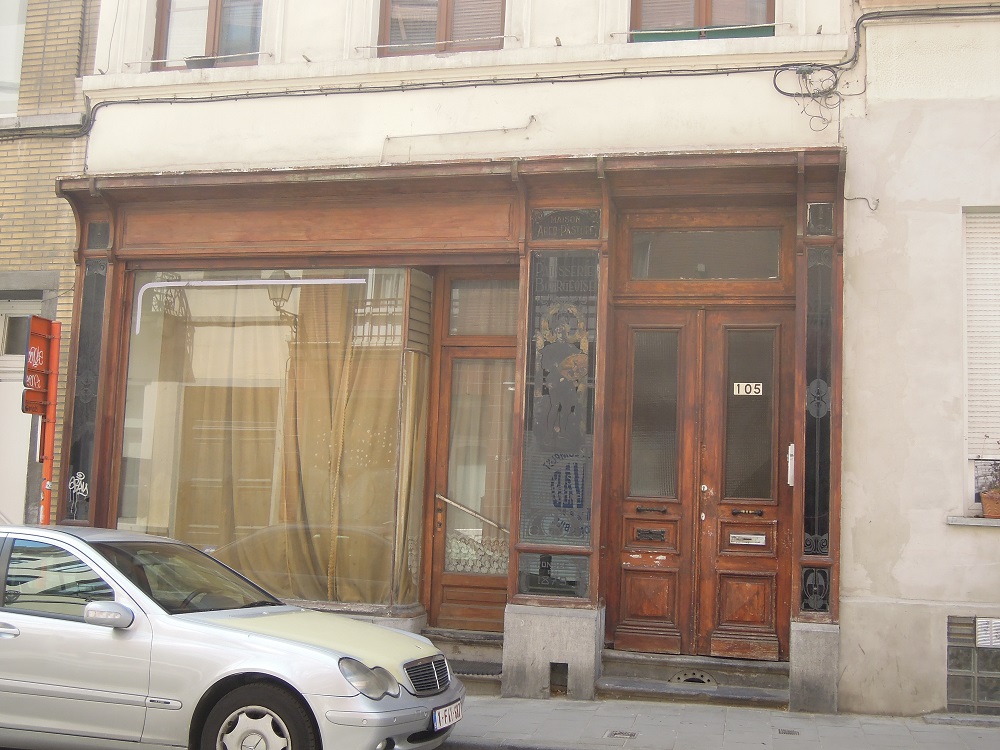|
My mother’s Irish-Belgian relatives lived on Rue Sans Souci before the war -- the Second World War, that is. That is where her aunt and her two cousins, whom she knew well, hid Scottish soldiers hiding from the Nazis, allowing them to recuperate and later escape. For that, her cousin Florrie died in Bergen-Belsen and her cousin Leopold died right after the war, weakened from his imprisonment. That branch of the family died out but there is a monument to the Belgian Résistance in the same Ixelles section where my mother’s family lived. Florrie’s name is on the monument to resisters who helped keep Brussels an international city of culture and labor and hope. Brussels was the first European city my wife and I visited – the Grand-Place, the great art museum, Europe, like going home, for the first time. I flew into Brussels again in 2004, for the start of the Tour de France in Liège, and bought David Walsh’s book, in French, about the doping methods of Lance Armstrong (which Lance denied, of course.) Brussels is the code name for the European Union, where many languages are spoken, where laws and systems are regulated. I once met a farmer in southwest France who spat out the word Brussels because of the agricultural absurdities imposed by bureaucrats in that distant city. Belgium’s monarchy committed colonialist sins and abuses once upon a time -- and Jacques Brel razzed the ways of his home town -- but in this age, even with talk of separatism, Brussels is at least a symbol of order. Refugees from failed societies have found their way to some of the great cities in the world where I have been lucky enough to visit, even live – New York, Boston, Madrid, London, Paris, Istanbul. Now Brussels has joined that list.
George Hirsch
3/22/2016 08:37:22 pm
So glad to be introduced to this site! Keep 'em flying, George! Comments are closed.
|
Categories
All
|










